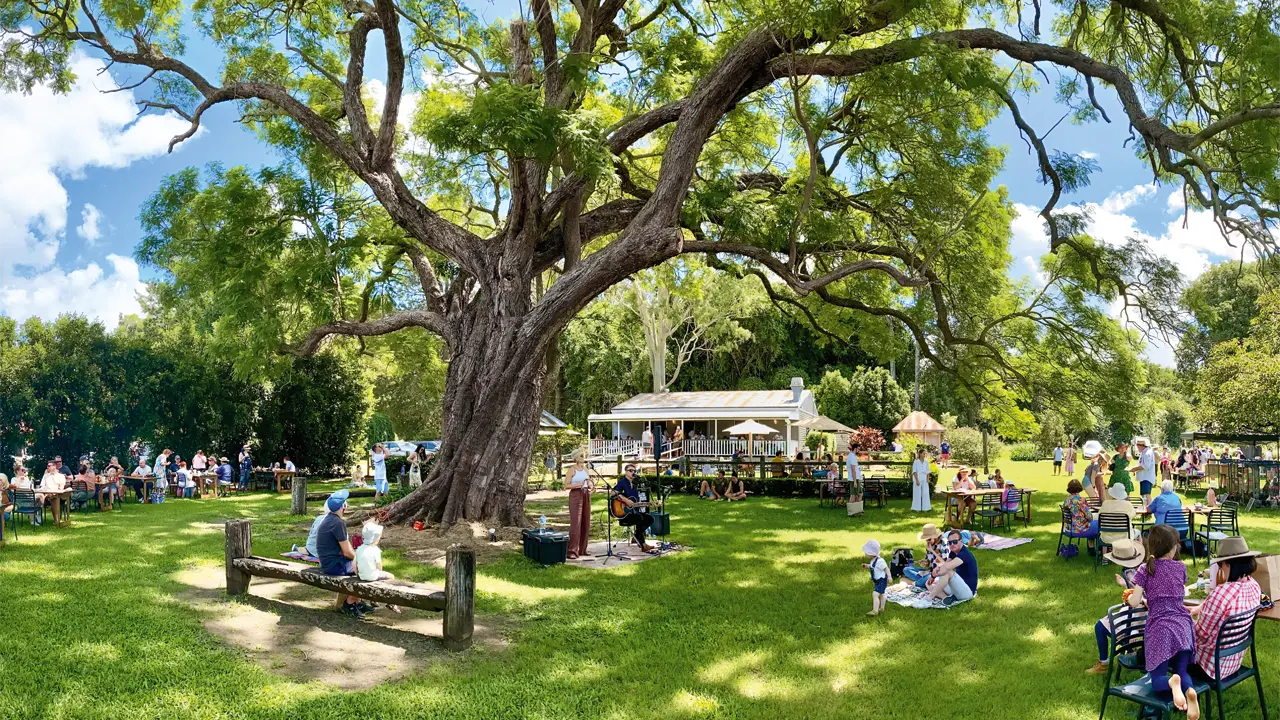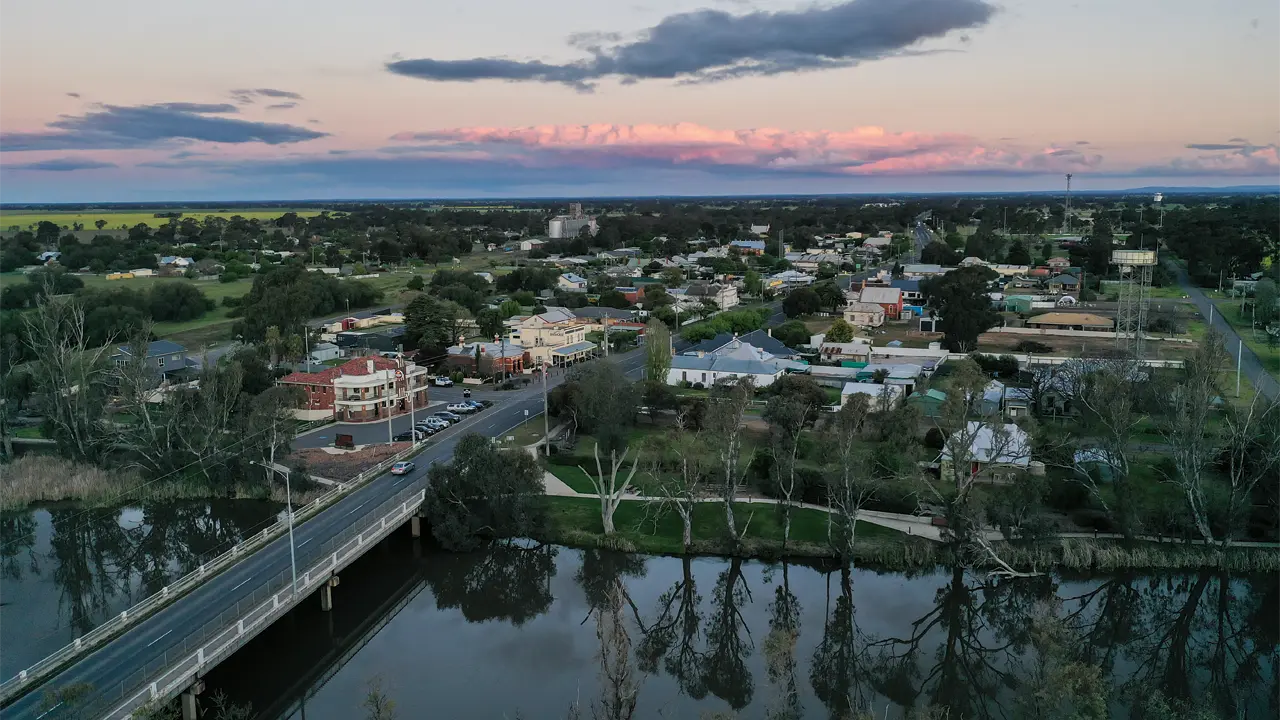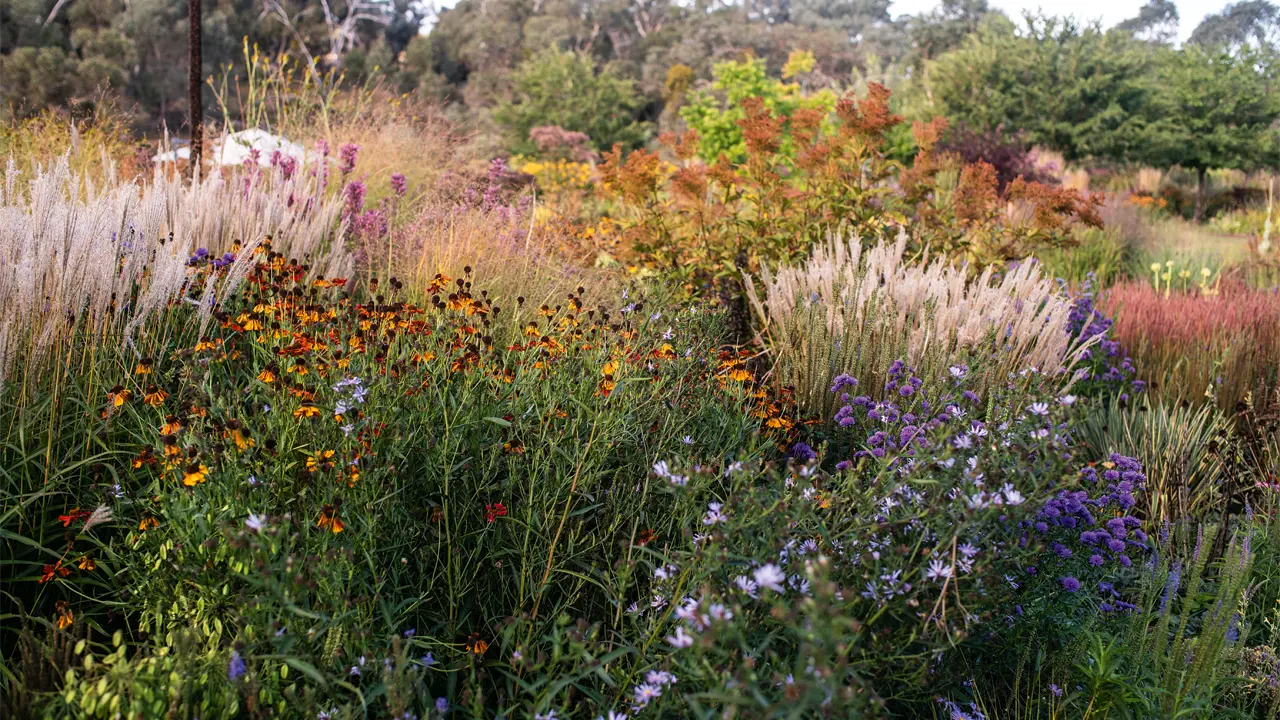Remote, wild and beautiful, Cape York Peninsula appears destined for World-Heritage listing, with the protection of its rivers the first step towards conservation. As stakeholders scramble for their piece of the action, one question overrides all others – will the new regime destroy the very thing that needs protection?
Story By Don Fuchs
Richard English is a grader driver. He is also a man with a surprisingly keen interest in tropical plants. While upgrading and widening the road to Lockhart River through the Cape York Peninsula’s Iron Range National Park in the aftermath of Cyclone Monica, he noticed a small rainforest tree on the roadside in full bloom. “I hadn’t seen anything like this before,” he says. Neither had Tom Warnes, founder of the Cairns-based tour company Wilderness Challenge and a Cape York veteran with more than 20 years’ experience.
The small tree, maybe four metres tall, was unremarkable apart from its flamboyant flowers. Arranged as large bouquets, each flower had three petals. The young flowers were white while the older flowers had faded to a creamy yellow. Distinctive were the large purple styles.
When shown digital images of the tree’s flowers, Scott Templeton, Coen-based naturalist and intimate expert of the park, was also baffled. It was time to step up the identification process and ask the expert: Mark Edington from the Plant Identification and Advisory Services of the Queensland Herbarium at the Brisbane Botanic Gardens, Mount Coot-tha. His answer via email was quick and matter-of-fact: “The plant in your photos is Crateva religiosa. This species is native to Cape York, as well as India, through Malaysia and Indonesia to Polynesia.”
The excitement was short-lived, but the high hopes that grader driver Richard English may have discovered a new tree species were not entirely unwarranted. The flora of the Iron Range National Park and indeed most of Cape York is poorly documented and experts are convinced that the remote tropical region still has quite a few surprises in store. This became apparent when a new endemic plant, Astonia australensis, resulted in the discovery of a new genus in Mungkan Kaanju National Park, west of Coen.
This story excerpt is from Issue #61
Outback Magazine: Oct/Nov 2008









